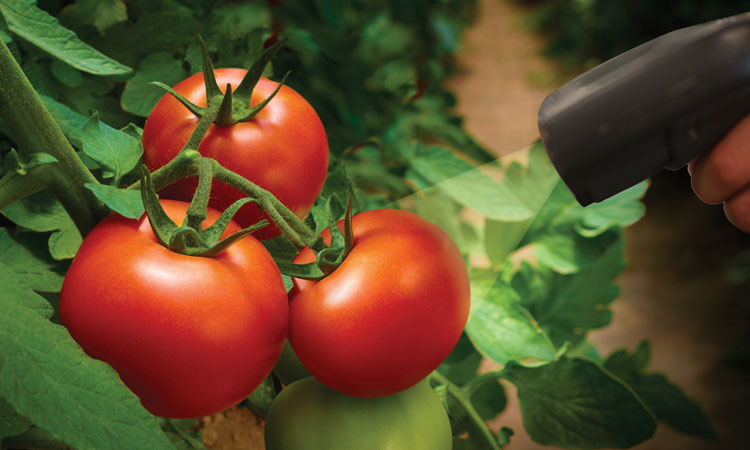Feature
Integrated Spectral Sensors
New approaches that mimic the functioning of the human eye are enabling embedded, portable alternatives to conventional spectrometers.
 [Composite from images by hdagli and P. Bradbury, Getty Images]
[Composite from images by hdagli and P. Bradbury, Getty Images]
Color vision is the most powerful tool used by humans and animals to gather biochemical information from objects in their environment. The spectrum of light diffusively reflected from materials is determined by absorption bands related to molecular vibrations and their overtones—spectral bands that occur when a molecule makes a transition from the ground state to higher-order vibrational states. This spectral information, which in human eyes is collected by three types of cone cells with different spectral responses, is processed into the perceived color. That, in turn, provides the remarkable ability to predict biochemical properties of objects from their appearance—for example, to judge the ripeness of fruit, to identify plant stress from the color of the leaves, and to assess the status of a wound.
…Log in or become a member to view the full text of this article.
This article may be available for purchase via the search at Optica Publishing Group.
Optica Members get the full text of Optics & Photonics News, plus a variety of other member benefits.

